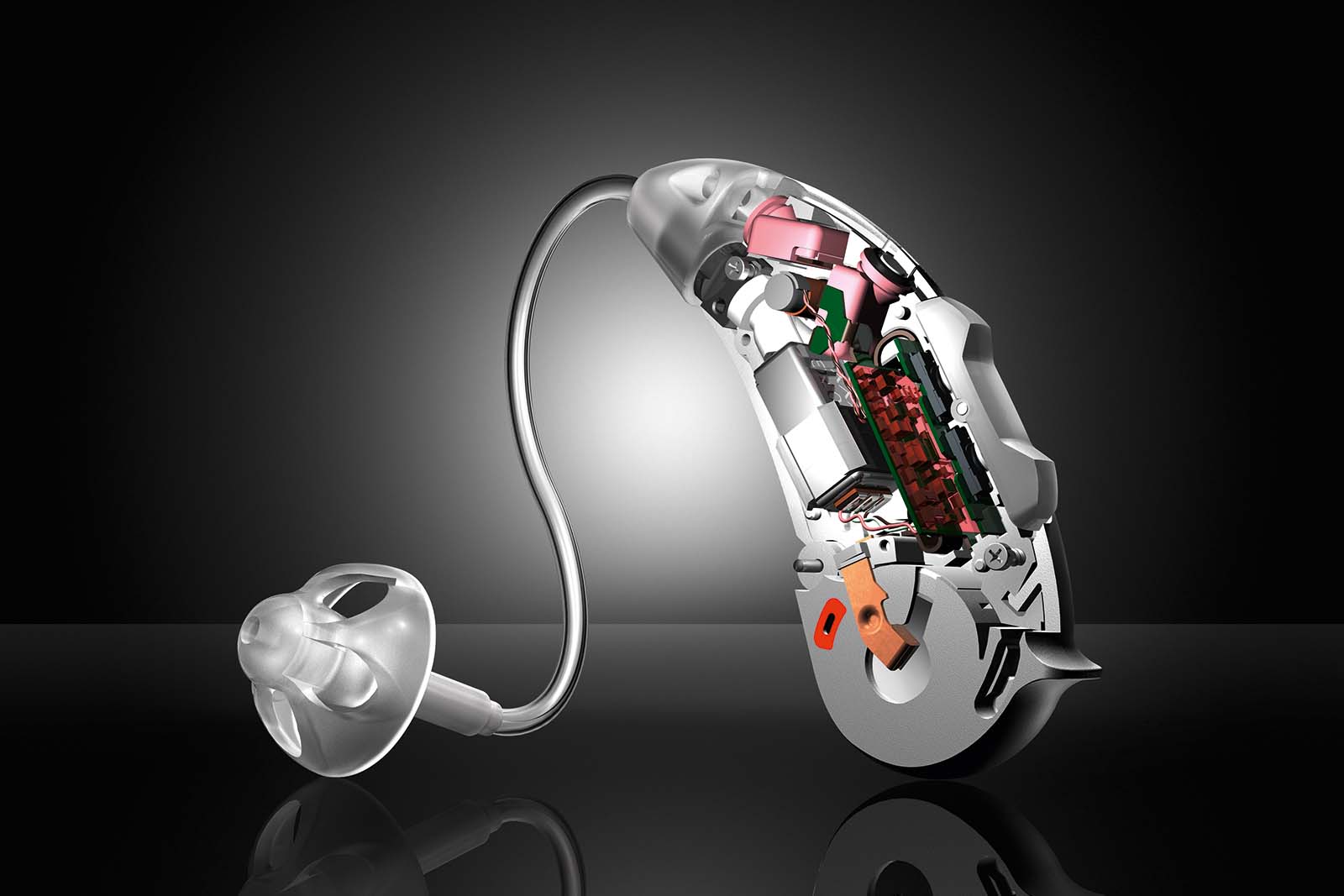PARTS OF THE EAR
The ear is made up of three distinct parts, each of which plays a role in the hearing process:

The ear is a marvel of nature that fits our sense of hearing into (literally) the space between our ears. To really understand how and why hearing loss occurs, it’s important to learn how the ear functions.
The ear is made up of three distinct parts, each of which plays a role in the hearing process:

Known as the pinna or auricle, this visible portion of the ear gathers sounds from the surrounding environment and sends it down the ear canal.
The vibration of the tympanic membrane (eardrum) transmits sound to the inner ear through three small bones (malleus, incus and stapes) that carry sound to the inner ear.
Made up of two main parts: the cochlea, a system of complex hair cells (sensory cells), and the vestibular system. The cochlea is the last stage in the ear before sound is sent to the brain for final processing.

While from our perception hearing is automatic, there’s actually a complicated process happening.
When something makes a noise, they generate vibrations. Those vibrations cascade through the air, enter your ear canal (outer ear), and travel until they hit the eardrum.
The vibrations of the eardrum pass through some tiny bones (middle ear) into the cochlea (inner ear) which transfers the energy to the tiny hairs in your inner ear called cilia. This sets off a neural impulse which travels along the auditory nerve to the brain.
A hearing aid basically consists of one or two microphones, an amplifier and a loudspeaker, also called receiver.
The microphone picks up the incoming sound waves and changes them into digital signals. These signals are individually processed and amplified based upon the hearing loss and fitting parameters provided by the hearing care professional.
Complex algorithms in the hearing aids reduce harsh effects of loud sounds and also reduce background noise hindering speech perception. They are also able to enhance the fine nuances of music and perform differently across various listening scenarios. All processed sounds are then converted back into amplified sound waves to deliver lifelike sound through the ear canal.

Find out if you should take action against hearing loss with our quick, easy and effective 5-minute hearing test.